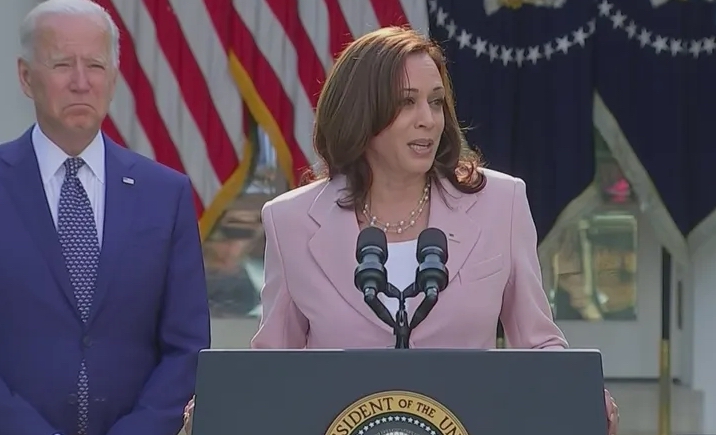If you believe the recently released “report” by Oxfam America, North Carolina is the worst state for workers in the U.S.
Oxfam is described as “a national charity organization that focuses on labor policy and human rights.” But their report gets things completely backward. And in an attempt to seize on any “news” to smear conservative legislators, the N&O dutifully reports on it.
If we only consider that North Carolina ranks 6th in the nation for inbound domestic migration, the Oxfam designation seems suspect. People don’t typically move to states where working conditions are miserable.
Moreover, tied at a respectable 21st lowest unemployment rate in the nation, North Carolina seems to provide more work opportunities than most states.
So what gives with the Oxfam ranking?
“The index ranks states by assigning scores in three areas: wage policies, worker protection polices and right to unionize policies,” as the N&O describes.
In short, North Carolina ranks poorly in the Oxfam report largely because it is one of several states with a minimum wage set at the federal rate of $7.25/hr, and it maintains a right to work status protecting workers from compelled union membership.
Minimum wage laws price low-skilled workers out of the workforce and right to work states experience greater job and income growth than states without such protections. One would think that a group claiming to champion workers would oppose laws excluding marginalized communities from work opportunities while looking favorably among policies that create more jobs and bigger paychecks for workers.
Amazingly, however, Oxfam does the opposite.
Oxfam also views favorably more government meddling in the labor market such as forcing employers to offer paid family leave, paid sick leave, and “flexible scheduling.” Each of these impositions, however, makes it more expensive to hire workers, meaning fewer workers will be hired. Low-skilled workers are hardest hit by such mandates.
What makes the Oxfam ranking even more laughable is comparing their “best” and “worst” states to work with unemployment rates. Two of their “best” four states to work, New York and California, are tied for the second-highest unemployment rate in the country. Another of the top four, Oregon, is tied for 18th highest unemployment rate.
Meanwhile, two of the “worst” states for workers, Alabama and Georgia, enjoy unemployment rates below 4%, ranking 7th and 10th best nationally.
If a state is supposed to be great for workers, it seems they at least would have more people actually working.
Instead, it appears like the Oxfam report more closely reflects the best states for creating unemployment rather than creating good places to work.


